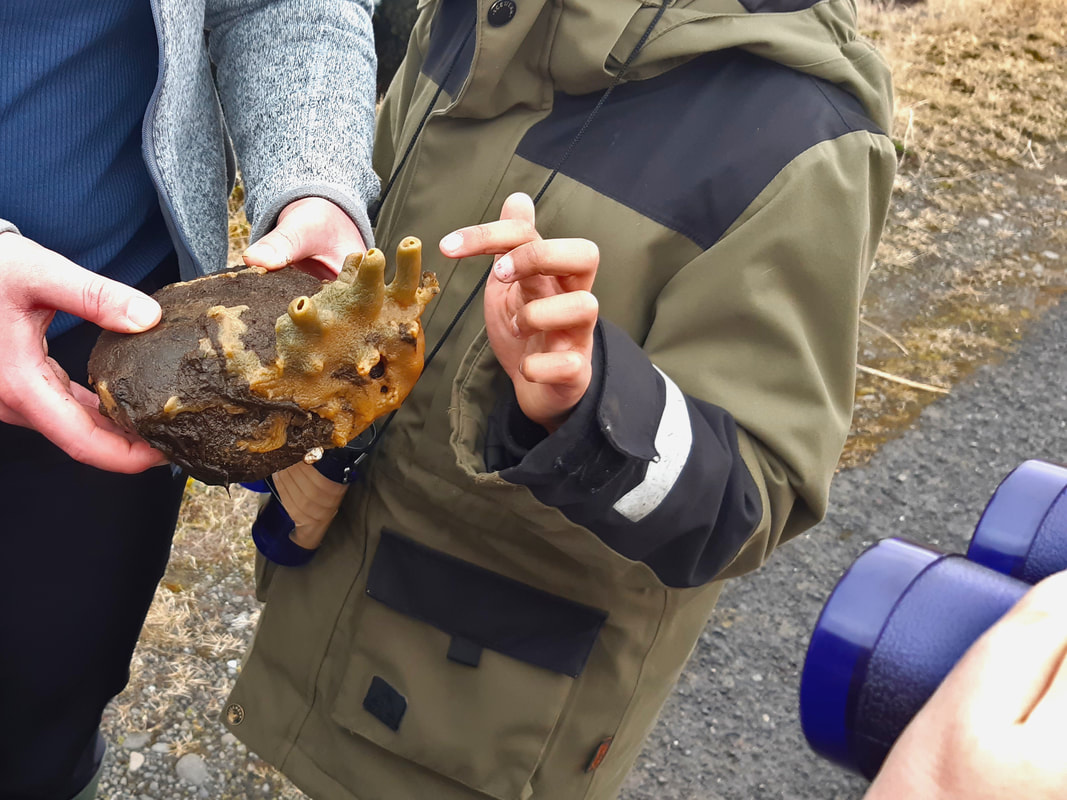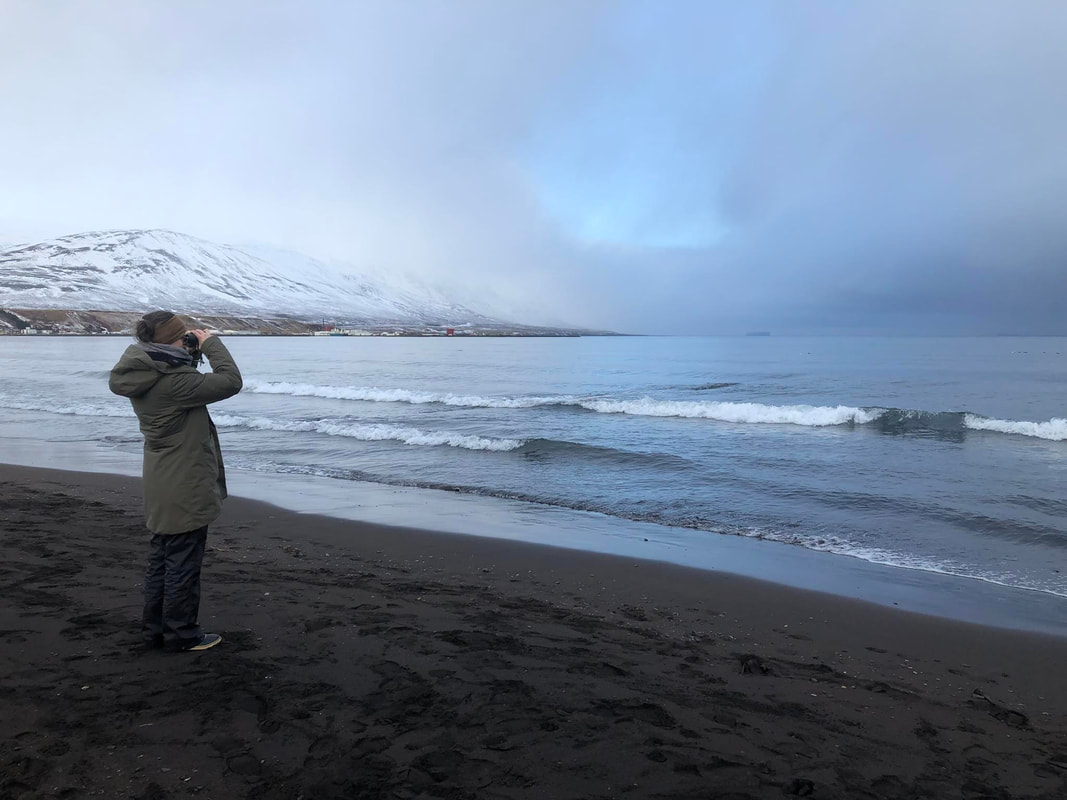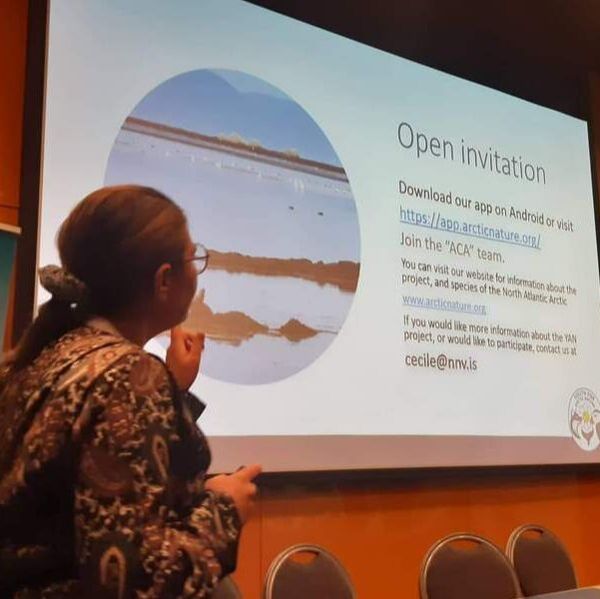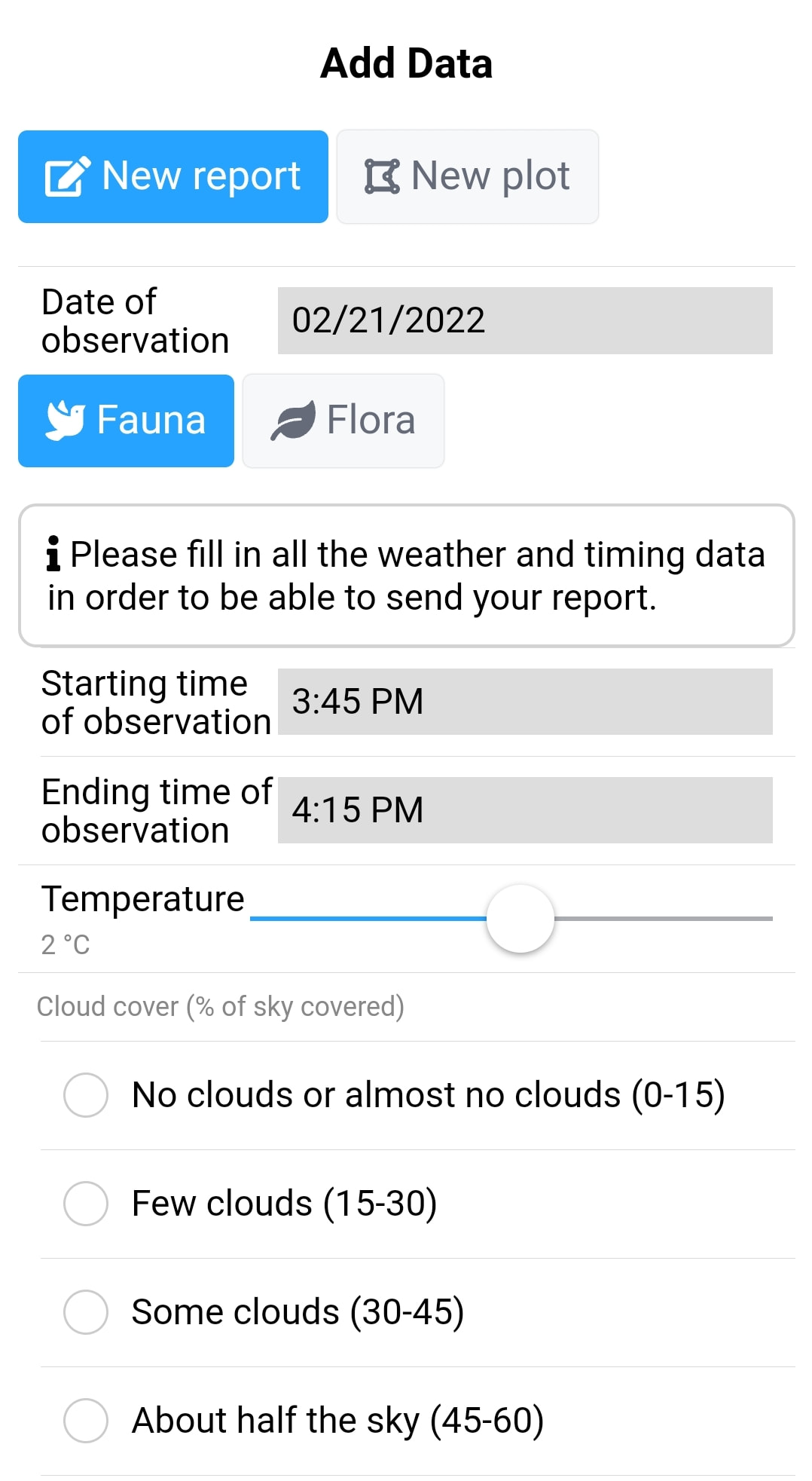|
Vikan 17. apríl var fyrsta vöktunarvika krabba og sjávar með skólanum á Hvammstanga. Á þremur dögum tóku allir nemendur 5.-10. bekkjar skólans, auk Frístundar (1.-4. bekkur), þátt í þessu staðbundnu náms- og eftirlitsverkefni. Krabbagildrur voru settar upp á ýmsum stöðum í höfninni og síðan athugað með hópunum til að skrá hvað veiddist. Skráð voru veðurgögn, tegundir, fjöldi einstaklinga, tegundir, stærðir og þyngd dýranna. Algengasta tegundin sem fannst var Trjónukrabbi (Hyas araneus) var og allir einstaklingar sem fundust voru karlkyns. Einn karlkyns Litli trjónukrabbi - Hyas coarctatus) var fundust auk einnar Krossfiskur (Asterias rubens) og tveir Marhnútar (Myoxocephalus scorpius). Í krabbagildrunum fundust einnig algengar tegundir af Marfló og Polychaete ormar. Loks var grjóti þakið Sjávarsvampum (líklega tegundin Halichondria panicea) safnað við fjöru til að sýna æskuna úr Frístund. Öllum dýrunum voru sleppt á öruggan hátt.
Upplýsingarnar sem unglingar safnað voru færðar inn í Youth for Arctic Nature appið og eru aðgengilegar þar fyrir alla sem hafa áhuga. The week of the 17th of April was the first crab and sealife monitoring week with the school in Hvammstangi. Over three days, all the students of grades 5-10 of the school, as well as Frístund (grades 1-4), participated in this place-based learning and monitoring project. Crab traps were set in various parts of the harbor, then checked with the groups to record what was caught. Weather data, species, number of individuals, species, sizes and weights of the animals were recorded. The most common species found was the Common spider crab (Hyas araneus) was the most common species found, and all individuals found were male. One male Arctic lyre crab (Hyas coarctatus) as well as one Common starfish (Asterias rubens) and two Shorthorn sculpins (Myoxocephalus scorpius). Different species of Amphipods and some Polychaete worms were also commonly found in the crab traps. Finally, a rock covered in Sea sponges (probably the species Halichondria panicea) was collected at low tide to show the youth from Frístund. All the animals were safely released. The information collected by youth was entered into the Youth for Arctic Nature app, and is available there for anyone interested.
0 Comments
The first crab monitoring day of the year in Hvammstangi took place on Saturday the 4th of March. There was no catch on that day as it was still early in the season, but biologist Eric Dos Santos also took the opportunity to show youth how to use a zooplankton net, and how to look at very small organisms with a stereoscope. The stereoscope and net were generously lent to us by Náttúruminjasafn. We also looked at some birds including long-tailed ducks Clangula hyemalis, eider ducks Somateria mollissima, a red-breasted merganser Mergus serrator, and a great northern diver Gavia immer. We put the crab traps back in to check again later.
Two days later, on Monday, we checked on the traps and and were delighted to find them full with three common starfish Asterias rubens and a common spider crab Hyas araneus. A new nature club is being formed in Hólar University in collaboration with Youth for Arctic Nature. It is coordinated by Amber Monroe, international representative at Hólar University where she completed her Master's degree in Aquatic and Fish Biology, and aquaponics entrepreneur. The nature club will involve students at the fish biology department of the University, as well as some staff and their families. Wildlife watching and hikes are popular with students, so adding an element of nature monitoring with the app is a natural step. Furthermore, as the nature club will involve students and professional in the field of biology, they will be able to use their knowledge of wildlife and field work in their observation of nature. This can also be beneficial for students new to Iceland in discovering local ecology.
Below are some pictures from the first nature hike organized by the club on the 23rd of February 2023. They observed eiders ducks in the harbour area, some ravens, a curious seal at the beach, and a few interesting invertebrates on the shore. Plenty of bones were also found, which made it fun to try to guess which animal they belonged to. They also uploaded their observations to the app. We are proud to have funded the purchase of field books and binoculars for the Hólar nature club, and look forward to organizing activities together!
On Saturday the 15th of October, the Youth for Arctic Nature project was presented at the Arctic Circle Assembly at Harpa. This presentation described the efforts of the project, based in Northwest Iceland, to create international connections between Arctic youth groups, scientists, and local communities through wildlife monitoring and nature-based educational activities.
Dr. Jessica Aquino, the project manager, presented an overview of the project, methods, and theoretical underpinnings. Dr. Sandra Granquist, head of seal research at the Icelandic Seal Center and lead scientist for YAN, focused on the scientific value of the project as community science. Deisi Maricato presented her work on the YAN Handbook, a guide of activities with the main objective of promoting a greater connection between children and local nature which will be published and free online. Finally, Cécile Chauvat, the coordinator of the project, presented her work in creating tools to facilitate nature monitoring for youth with the YAN nature monitoring app. The YAN app is out! We are very proud to announce that the app is ready and will be available for download in the next few days. Here are some screenshots.
Húnaklubburinn and its collaborators in the project are happy to announce that they are developing a mobile app for Youth for Arctic Nature. It will be fully interactive and make it easier for youth to monitor nature, share data, and connect with each other. The app will be ready to download for free in December 2021.
|
Archives
March 2024
Categories
All
|



























 RSS Feed
RSS Feed












